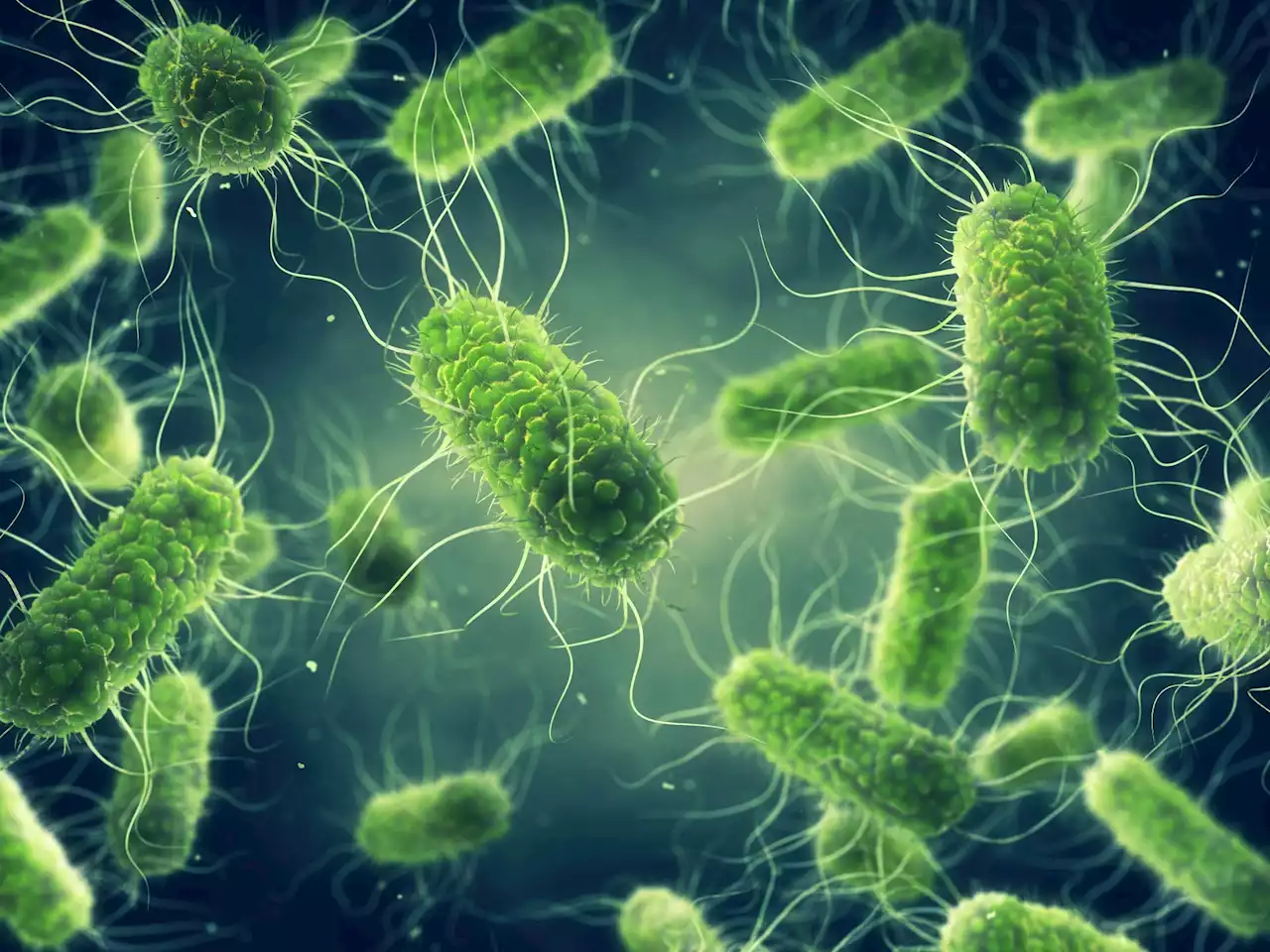Evolution of pathogens during vaccination programs queensu Vaccination Pathogens
By Tarun Sai LomteSep 27 2022Reviewed by Aimee Molineux A recent publication in PLOS Biology summarized the current understanding of pathogen evolution.
Adaptation of pathogens and mechanisms Adaptation of pathogens to immune-naïve and -primed hosts relies on the emergence of new variants and their fitness in different hosts. Fitness could be computed using absolute and relative growth rates. The absolute growth rate of infections helps determine if a variant could spread in the population. In contrast, the relative growth rate indicates whether the variant could increase in frequency, and displace the currently-dominant variant, viz.
First, an immunity-adapted variant is a generalist if adapted to naïve host populations. In contrast, an immunity-adapted variant is a specialist if it is maladapted to naïve hosts. Another way of categorization is to assess if the absolute growth rate is facilitated or inhibited by immunologic priming. The absolute growth rate of an immunity-facilitated variant increases with the increase in the proportion of primed hosts, whereas it decreases for immunity-inhibited variants.
Implications for SARS-CoV-2 Experimental evolution is the direct way of exploring how vaccines impact pathogen adaptation. Only one study has applied this approach, whereas most others are observational, focusing on pathogens with a long-term association with hosts. Mounting evidence suggests rapid adaptive evolution for SARS-CoV-2. Epidemiologic data indicate that most immunity-adapted SARS-CoV-2 variants are immunity-inhibited generalists.
